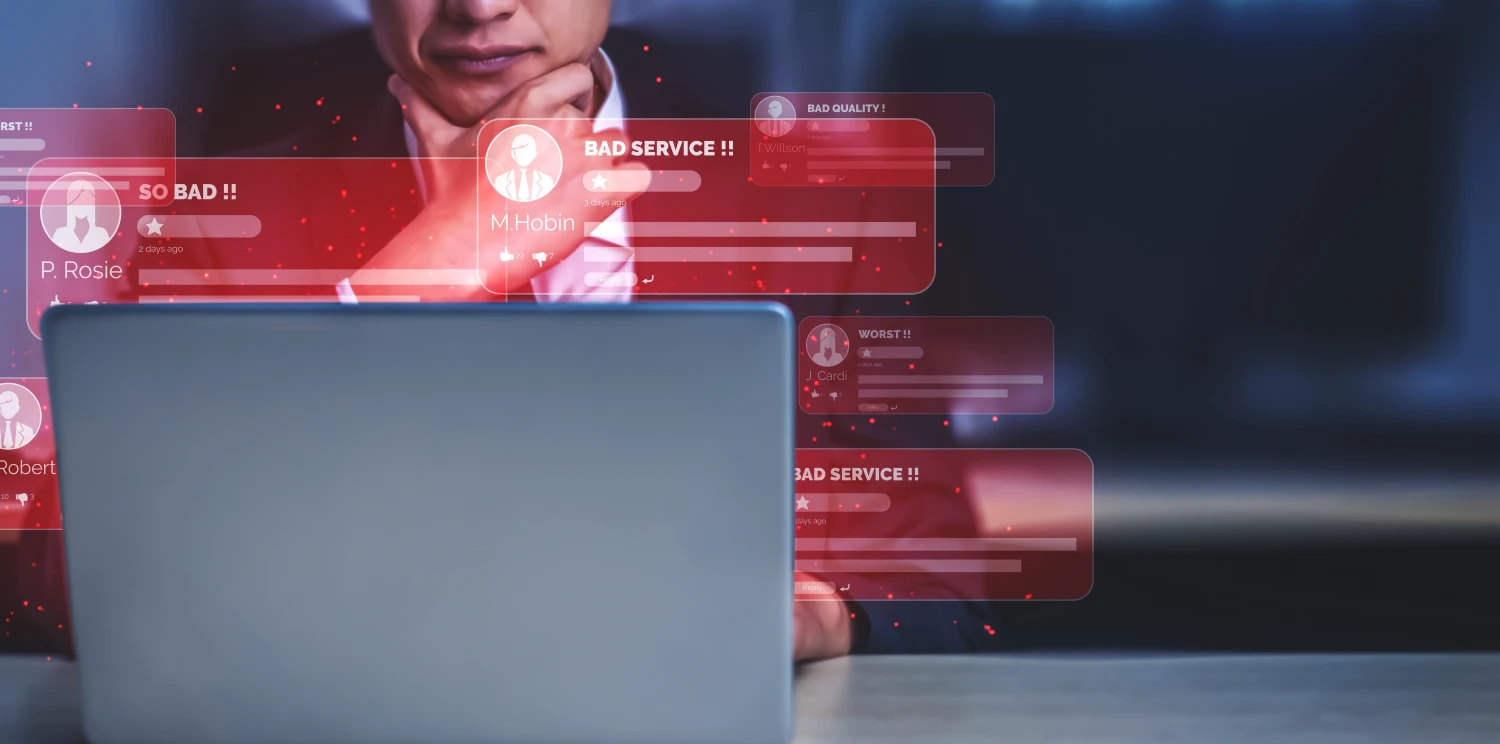The increasing prevalence of ransomware attacks in the governmental sector is a growing concern for government agencies worldwide. Ransomware is a type of malicious software that encrypts a victim’s files and demands a ransom payment in exchange for restoring access to the data. This type of attack can result in severe disruption to government operations, loss of sensitive information, and significant financial losses.
Government agencies are attractive targets for ransomware attacks due to the sensitive information they handle, such as citizens’ personal information, confidential government data, and national security information. The threat of a ransomware attack poses a significant risk to government operations, national security, and citizens’ privacy.
TSAROLABS SOLUTIONS
To protect against ransomware attacks, government agencies must take proactive measures to improve their cybersecurity posture.
Some of the critical steps that government agencies can take include:
1. Regularly backing up data: Government agencies must ensure that they maintain regular backups of all essential data to mitigate the impact of a ransomware attack. These backups should be stored securely and regularly tested to ensure they can be restored quickly.
2. Implementing robust security measures: Government agencies should implement robust security measures to prevent unauthorized access to their systems and networks. This can include firewalls, antivirus software, intrusion detection systems, and multi-factor authentication.
3. Conducting regular security audits: Government agencies should conduct regular security audits to identify vulnerabilities in their systems and networks. These audits can help to detect and mitigate security weaknesses before attackers can exploit them.
4. Providing employee training: Government agencies should conduct regular training to employees on how to identify and avoid phishing attempts, suspicious emails, and other tactics used by attackers. Employees can be the first line of defense against ransomware attacks.
5. Maintaining incident response plans: Government agencies should maintain incident response plans to ensure they can respond quickly and effectively in the event of a ransomware attack. These plans should be regularly tested and updated to ensure they remain effective.
In conclusion, ransomware attacks pose a significant threat to the governmental sector. Government agencies must take proactive measures to protect their systems and networks against these attacks. By implementing robust security measures, conducting regular security audits, providing employee training, and maintaining incident response plans, government agencies can mitigate the impact of ransomware attacks and ensure the security and privacy of citizens’ information.
Security experts at TSAROLABS will help you restore data from backups and implements additional security measures to prevent further attacks. The Cyber Security department conducts an assessment of the overall security posture of the organisation, detects various issues, and implements the recommended changes to prevent similar attacks in the future.
Related Tags: Ransomware, cybersecurity, government agencies, data backups, security measures, security audits, employee training, incident response plans, privacy, national security, financial losses, malicious software, unauthorized access, phishing attempts, intrusion detection systems, multi-factor authentication.



